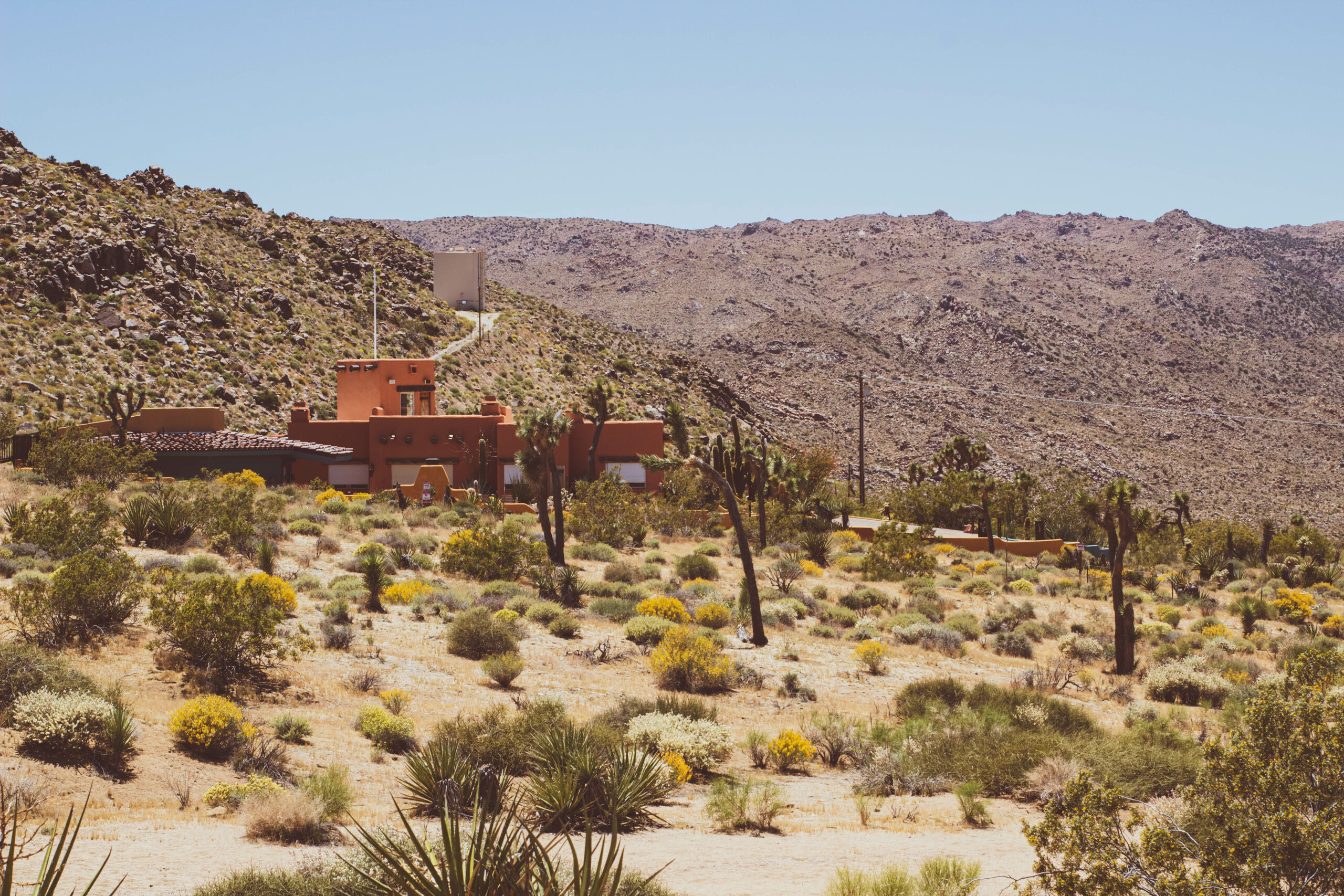Like any other complex system, how well an off-grid solar system works depends on the individual parts.
So, choosing the best system requires researching the different components.
This might seem intimidating, but there are core components of the system with which you can start.
Even if these are the only options you weigh, you can easily maximize solar production and storage.
Consider Your Off-Grid Solar System Budget
The best solar system for you is the one you can comfortably afford.
It doesn’t mean loans are off the table, but it does mean you should take a good look at how much you can spend on solar without stretching your budget too thin.
While you can recoup your investment, it generally takes several years.
Consequently, it’s important to plan your initial investment carefully.
Here are some of the ways you can fund the best off-grid solar system:
- Withdraw some of your cash savings
- Tap into your home equity by refinancing
- Secure a solar loan from your local bank
- Check for local and state incentives
- Calculate the value of your federal tax credit and complete your installation near the end of the year
Calculate Your Off-Grid Solar System Energy Needs
Check your energy usage over the past year to determine your monthly, annual, and seasonal energy usage.
Divide your annual total by 12 to determine how much you need to replace.
This represents your average monthly power consumption.
You also need to determine peak power usage.
Check the wattage of all your high-consumption appliances and the appliances you run concurrently.
This will tell you how big your inverter and solar array need to be.
Finally, tweak your numbers by determining what you can replace to lower energy usage.
Appliances become more energy efficient every year, so consider upgrading.
The 12-volt appliances used in RVs are expensive, but they’re well worth the investment.
Buy Monocrystalline Panels
When looking at solar panels for your off-grid solar system, you may have noticed you could save money by buying polycrystalline panels.
These blue panels are less effective than monocrystalline panels but cost significantly less.
Then why buy the pricier monocrystalline panels?
- Productivity: The difference in efficiency between both panels might not seem like a deal-breaker at first . . . but that difference adds up over the next few decades.
- Performance: All panels perform less favorably in hot conditions, but monocrystalline panels tend to perform better in these conditions than polycrystalline.
- Lifespan: Monocrystalline panels last longer than polycrystalline. While poly panels can last up to 25 years, 25 years is just the beginning for mono panels.
Match Your Inverter to the Solar Panels
Like generators, your inverter operates on a watt rating.
It determines how many watts it can process simultaneously before overloading your off-grid solar system.
Most people agree that bigger is better for the inverter, but too big can draw too much power from your system.
Why?
Because inverters use power to convert DC to AC.
Thus, a good rule of thumb is to match your solar panels and your inverter.
For example, if you have 10,000 watts of solar panel on your roof, install a 10,000-watt inverter.
If you bought a bigger inverter than the solar array and used as much, the solar panels would not keep up, and the battery bank would quickly drain.
Choose an MPPT Solar Charger
Like many other technical fields, solar installation has its fair share of jargon and acronyms.
The solar charges that feed and protect your battery bank are an excellent example of this.
PWM stands for pulse width modulation, and this controller is the cheaper and more readily available of the two.
While PWMs are as functional for keeping the batteries safe in your off-grid solar system, they don’t work as fast as MPPT solar chargers.
MPPT stands for maximum power point tracking, which takes a more complex route to keep your batteries charged and safe.
These chargers do a much better job of varying their own energy usage to maximize input from your solar array.
They can also handle voltage variations from your batteries and panels.
Install Lithium Batteries
For entirely off-grid living, adequate battery storage is crucial.
While several cheaper alternatives to lithium-ion batteries exist, the benefits are well worth the cost.
Keep in mind that you shouldn’t mix battery types, so start with the best:
- Discharge: Your solar panels should keep your batteries topped up during the daytime, but you will draw from your battery bank on cloudy days and at night. You can safely discharge lithium batteries down to 10% or so, but discharging to less than 50% to 60% for most other battery types causes damage.
- Mounting: Because lithium-ion batteries contain no liquids, you can safely mount them at virtually any angle in your off-grid solar system. Most other batteries need to be mounted upright. For example, mounting flooded batteries could cause the acid to spill out and cause personal injury or property damage.
- Maintenance: Some lithium-ion alternatives require ongoing maintenance. Failure to keep up with this could lead to battery failure or even fires. For example, flooded cell batteries notoriously need you to add distilled water.
- Venting: Lithium batteries do need venting, but not to the same degree or for the same reason as the alternatives. You just need room for heat to escape, so it can be vented into a living space. Other battery types generate gases that must be vented outside.
- Lifespan: Lithium batteries outlast virtually all other types of batteries by a landslide. Lead-acid batteries generally last for about 1,000 charge cycles, while lithium batteries can easily reach 3,000 cycles.
Partner with Professionals
Whether you choose to install the off-grid solar system yourself or hire contractors, working with professionals ensures you find the perfect solar solution.
At Unbound Solar®, we provide the components and the information you need to install your solar system or manage the contractors you hire.
We design the best solar system for you with detailed instructions and lifetime support.
Get started with a free quote!



